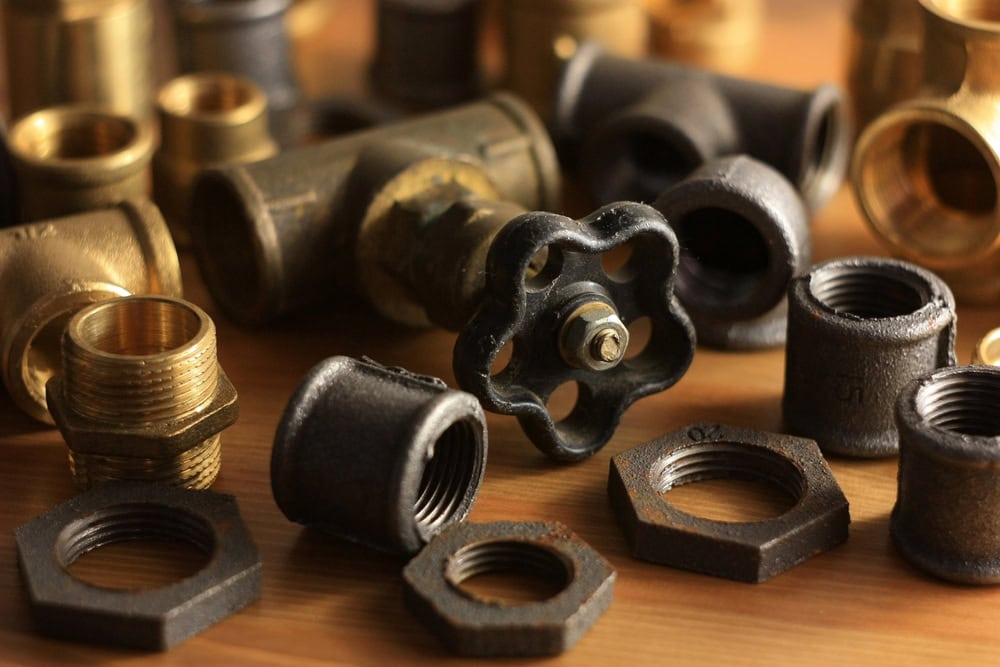Pipe repair has evolved significantly from simple manual fixes to advanced, technology-driven solutions. Early methods relied on basic materials like cloth and putty, offering only temporary relief from leaks and damage.
Innovations such as mechanical fittings, trenchless technology, and smart monitoring systems have revolutionized the industry, enhancing efficiency and extending the longevity of repairs.
As technology continues to advance, the future of pipe repair promises even greater efficiency, sustainability, and precision.
Early Methods of Pipe Repair
In the past, repairing pipes was a labor-intensive process involving manual labor and rudimentary tools. Before the advent of modern technology, plumbers relied heavily on their hands and simple tools to fix leaks and breaks.
Techniques such as wrapping cloth or using putty were common. Notably, these methods provided only temporary fixes, often leading to repeated repairs.
At this time, the concept of long-term solutions was not a consideration, highlighting the need for advancements.
The Rise of Mechanical Fittings
As the industrial age progressed, the emergence of mechanical fittings transformed the repair landscape. These fittings allowed for quick connections that could be easily adjusted or removed.
For example, the introduction of couplings and clamps enabled plumbers to make repairs without needing to replace entire sections of pipe. This innovation not only reduced labor costs but also minimized downtime.
The ability to efficiently manage repairs marked a significant shift, paving the way for further developments.
Introduction of Pipe Inspection Techniques
The 20th century saw the introduction of various pipe inspection technologies. Video cameras and inspection tools became game-changers, allowing plumbers to see the inside of pipes without invasive measures.
This capability led to more accurate diagnoses of issues and better planning for repairs. It became possible to pinpoint leaks, breaks, or blockages quickly.
With local plumbers ready for any job, you can rest assured that the latest technology will be used to accurately diagnose and address any pipe issues before they become major problems.
Consequently, this revolutionized how repairs were approached and executed, enabling a more proactive stance in pipe maintenance.
Advancements in Materials
The materials used in pipe repair also evolved significantly over the years. Early plumbing systems primarily utilized cast iron and clay, which had their limitations in terms of durability and resistance to corrosion.
The introduction of PVC and PEX revolutionized the industry. These materials offered greater flexibility and resistance to chemicals, making them ideal for modern plumbing needs.
By replacing aging pipes with these new materials, repairs could be handled more efficiently and with longer-lasting results.
The Advent of Trenchless Technology
By the late 20th century, trenchless technology began to gain traction. This method allowed for the repair and replacement of pipes without extensive digging.
Techniques such as pipe bursting and horizontal directional drilling minimized disruption to the surrounding environment. Homeowners and businesses appreciated the reduced restoration costs associated with this technology.
More importantly, it led to faster repairs, allowing facilities to resume operations swiftly.
Smart Technology Integration
As technology continued to advance, the integration of smart technology into pipe repair became evident. Sensors and IoT devices can monitor pipe conditions in real-time, providing alerts for potential problems before they escalate.
This predictive maintenance approach reduces emergency repairs and associated costs. With data-driven insights, professionals can determine the best times to conduct maintenance, ensuring systems remain functional and efficient.
Eco-Friendly Solutions
In recent years, a strong emphasis on sustainability has emerged in pipe repair technology. Eco-friendly materials and methods prioritize minimal environmental impact.
Companies now utilize biodegradable products and techniques that reduce waste. Furthermore, repairing existing pipes rather than replacing them aligns with sustainable practices, conserving resources.
This shift reflects a growing awareness of the environmental responsibilities within the industry.
The Role of Robotics in Pipe Repair

Robotics has begun to play a significant role in pipe repair and maintenance. Automated systems equipped with cameras can navigate through pipes, performing inspections and even making minor repairs.
Drones are also being used to assess larger systems, allowing for comprehensive inspections without the need for scaffolding or ladders.
The use of robotics not only improves safety but also enhances efficiency, providing solutions that were once thought to be science fiction.
Training and Skill Development
With the rapid evolution of pipe repair technology, training and education have become increasingly important. Plumbers now require a deeper understanding of advanced techniques and materials.
Technical schools and apprenticeships have adapted their curricula to include modern technologies, ensuring that new professionals are equipped with the knowledge they need.
This emphasis on skill development reflects the industry’s commitment to maintaining high standards and adapting to technological advancements.
Regulatory Changes and Standards
As pipe repair technology has evolved, so too have the regulations governing the industry. New standards have emerged to ensure safety and quality in repairs.
Compliance with these regulations is essential for businesses aiming to provide reliable services. Licensing and certification processes have also adapted to include new technologies, ensuring that professionals are qualified to handle modern systems.
This regulatory evolution helps maintain public trust in plumbing services.
Future Directions in Pipe Repair Technology
Looking ahead, the future of pipe repair technology holds promising developments. Continued advancements in artificial intelligence could further enhance predictive maintenance capabilities.
Innovations in material science may yield even more durable and sustainable piping solutions. Additionally, the ongoing exploration of data analytics will likely lead to more efficient repair strategies.
These trends suggest an exciting frontier for the industry, offering potential for improvements that can benefit both professionals and consumers alike.

